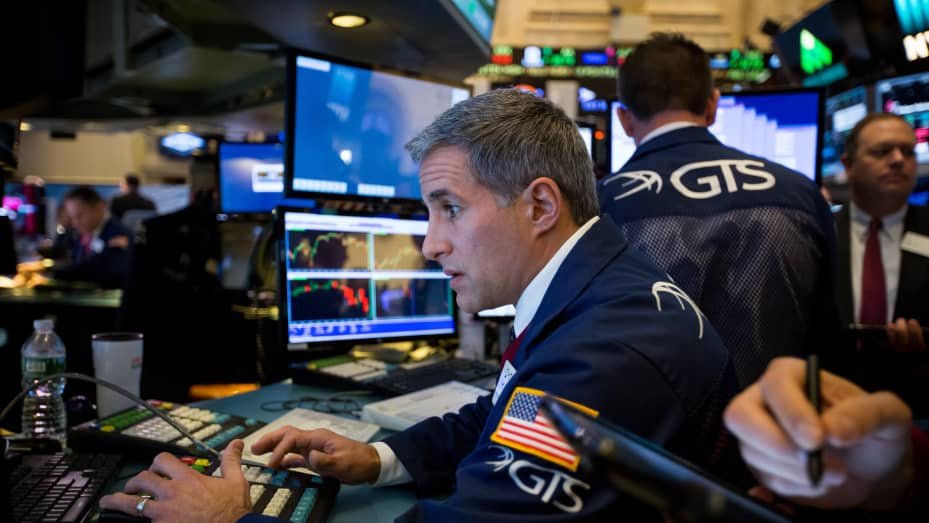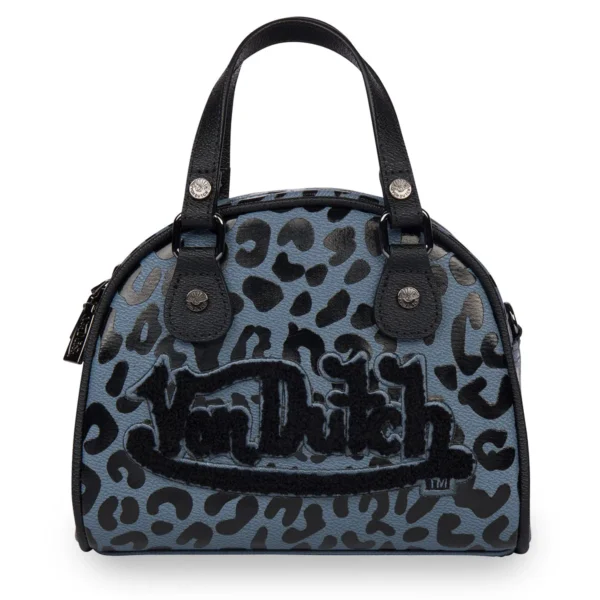The securities exchange is a monetary commercial center where purchasers and dealers exchange portions of openly recorded organizations. It gives a stage for organizations to raise capital by giving stocks (value) to the general population, and financial backers can trade these stocks through trades.
The securities exchange is a monetary commercial center where purchasers and vendors exchange portions of freely recorded organizations. It gives a stage for organizations to raise capital by giving stocks (value) to general society, and financial backers can trade these stocks through trades.
Key parts and ideas connected with the securities exchange include:
Stocks (shares): These address possession in an organization and are traded on the financial exchange.
Trades: Stock trades, for example, the New York Stock Trade (NYSE) and the NASDAQ, give the foundation to trading stocks.
Dealers: People and institutional financial backers ordinarily trade stocks through business firms.
Bulls and Bears: The expressions “positively trending business sector” and “bear market” depict the general heading of the market.
Figure out the Financial exchange
Understanding the securities exchange includes accepting a few vital ideas and standards. Here is a breakdown of a few key perspectives:
Stocks and offers:
Possession: When you purchase stock, you become an incomplete proprietor of the organization. The more offers you own, the more noteworthy your possession stake.
Kinds of Stocks: Normal stocks address possession with casting ballot rights, while favored stocks might offer explicit honors, like need in profit installments.
Stock Trades:
Capability: Trades are stages where stocks are traded. Models incorporate the New York Stock Trade (NYSE) and NASDAQ.
Recorded Organizations: Organizations open up to the world by posting their stocks on trades. This permits them to raise capital by offering offers to the general population.
Market Members:
Financial backers: People and foundations (like common assets and benefits reserves) partake on the lookout, trying to benefit from value appreciation and profits.
Brokers: A few members take part in momentary trading for benefit, while others contribute with a drawn-out point of view.
How the Securities Exchange Functions
The securities exchange works as a complicated framework where purchasers and merchants interface to exchange stocks. This is an outline of the way the securities exchange works:
Recorded Organizations:
Organizations choose to open up to the world by giving stocks to raise capital.
They enroll the assistance of financiers (venture banks) to work with the first sale of stock (Initial public offering).
Stock Trades:
Organizations list their stocks on stock trades like the NYSE, NASDAQ, or others.
Trades give a stage to trading stocks and guarantee fair and straightforward exchanges.
Financial backers and merchants:
Financial backers and merchants take part on the lookout. Financial backers commonly have a drawn-out viewpoint, going for the gold and profits.
Merchants participate in momentary trading to profit from cost changes.
Financier Firms:
Financial backers and dealers execute stock exchanges through business firms.
Financiers go about as delegates, working with the trading of stocks for the benefit of clients.
What are the elements of a financial exchange?
The securities exchange serves a few significant capabilities inside the monetary framework and the more extensive economy. Here are the critical elements of a financial exchange:
Capital Arrangement:
Essential Market: Organizations issue new stocks through Introductory Public Contributions (Initial public offerings) to raise capital for different purposes, like extension, exploration, and improvement.
Working with Speculation:
Auxiliary Market: After the underlying issuance, stocks are exchanged on the optional market, empowering financial backers to trade existing offers.
Possession Move:
The securities exchange works with the exchange of possession between organizations. Financial backers can trade shares, addressing possession in organizations.
Value Revelation:
The powers of the organic market decide stock costs. The securities exchange goes about as an instrument for cost disclosure, mirroring the aggregate suppositions and assumptions of financial backers about an organization’s worth.
Step-by-step instructions to Securities exchanges Are Directed
Securities exchanges are directed to guarantee fair and straightforward tasks, safeguard financial backers, and keep up with the monetary framework’s respectability. Guidelines are ordinarily implemented by government offices and monetary administrative bodies.
Protections and Trade Commission (SEC):
In the US, the Protection and Trade Commission (SEC) is a key administrative authority directing the protection business.
Monetary Administrative Specialists:
Numerous nations have monetary administrative specialists liable for supervising securities exchanges and monetary organizations.
Posting Prerequisites:
Stock trade layout posting prerequisites that organizations should meet to have their portions exchanged on the trade.
Market Reconnaissance:
Administrative bodies screen securities exchanges for dubious exercises, market control, and insider exchange.
What Is the Meaning of the Securities Exchange?

The financial exchange holds huge significance for different partners and the more extensive economy because of its complex jobs and effects. Here are key angles that feature the meaning of the securities exchange:
Capital Arrangement:
The securities exchange gives organizations a stage to raise capital by giving stocks through beginning public contributions (Initial public offerings).
Corporate Development and Advancement:
Organizations use reserves raised from the financial exchange to back projects, put resources into innovations, grow activities, and embrace consolidations and acquisitions.
Abundance Creation:
Financial backers can produce abundance through capital appreciation and profits by putting resources into stocks.
Financial backer Interest:
The financial exchange permits people and institutional financial backers to take part in the proprietorship and progress of organizations.
What is another exchanging framework?
An Other Exchanging Framework (ATS), otherwise called a dull pool or dim market, is a private, off-trade stage for exchanging monetary instruments like stocks and securities. Dissimilar to conventional stock trades, ATS works from public examination and isn’t apparent to the more extensive market.
Confidential Exchanging Setting:
ATS gives a setting to exchanging protections in a private, off-trade climate.
Diminished Market Effect:
Institutional financial backers, for example, enormous resource supervisors and speculative stock investments, use ATS to execute exchanges with diminished market influence.
Internal Link: a2znew





